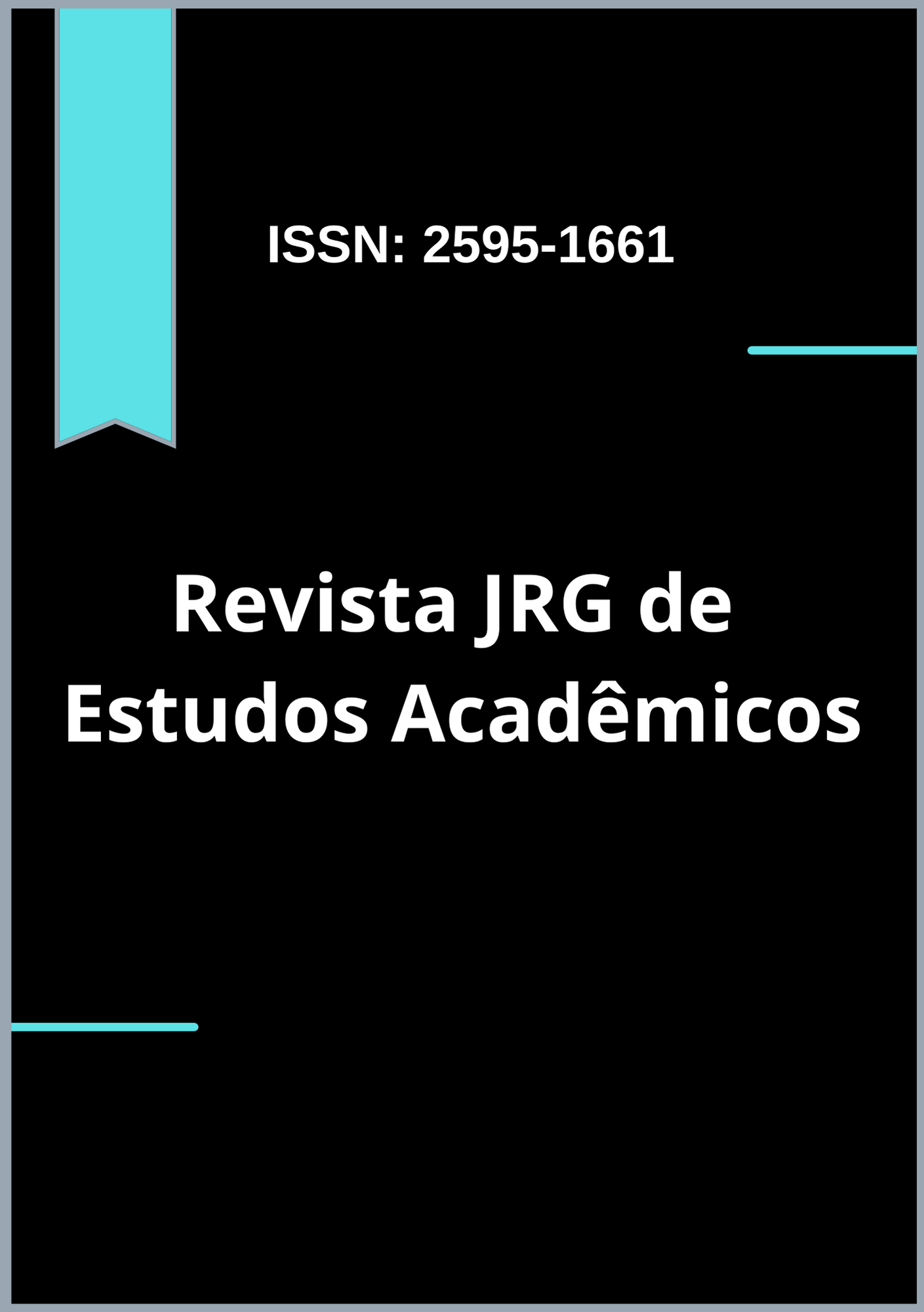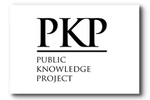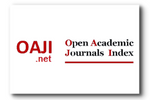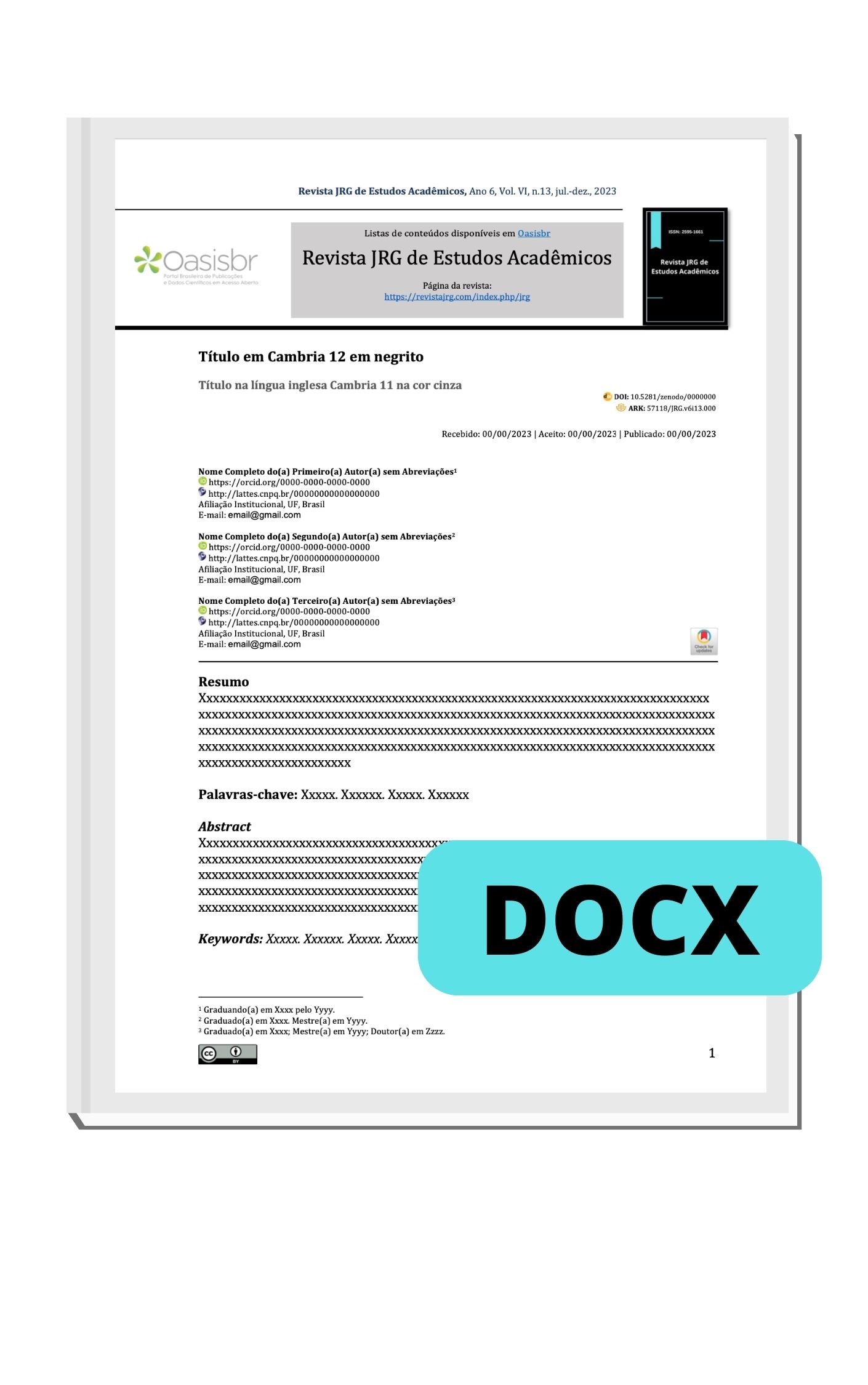The essential role of pharmacokinetics and pharmacodynamics (PK/PD) in optimizing antimi-crobial therapy in the intensive care unit: a fundamental strategy for mitigating bacterial re-sistance
DOI:
https://doi.org/10.55892/jrg.v8i19.2705Keywords:
Pharmacokinetics, Pharmacodynamics, Bacterial Resistance, Intensive Care, Dose OptimizationAbstract
Antimicrobial resistance (AMR) represents one of the greatest global threats to public health, worsened by the inappropriate use of antimicrobials. In the Intensive Care Unit (ICU) environment, therapeutic effectiveness is compromised by the high prevalence of pathogens and, crucially, by the pharmacokinetic (PK) instability of critically ill patients. Objective: To explore the essential roles of Pharmacokinetics and Pharmacodynamics (PK/PD) in optimizing antimicrobial therapy in the Intensive Care Unit, identifying key strategies for mitigating bacterial resistance while considering the pathophysiological variables of critically ill patients (PK), dose–response indices (PD), and the resistance characteristics of pathogens. Methods: This study is a literature review with qualitative data analysis, based on scientific articles. The Virtual Health Library (VHL) was used as the research platform, selecting health evidence from the following databases: Online System for Search and Analysis of Medical Literature (MEDLINE), Nursing Database (BDENF), Latin American and Caribbean Health Sciences Literature (LILACS), and the Capes Portal. Inclusion criteria considered: articles published within the last 10 years, written in Portuguese, English, or Spanish. Results: Dose optimization guided by PK/PD indices (such as %fT>MIC, fCmax/MIC, and fAUC/MIC) and strategies such as extended infusion of beta-lactams and Therapeutic Drug Monitoring (TDM) is essential to counteract the pathophysiological alterations typical of sepsis, such as increased volume of distribution (Vd) and augmented renal clearance (ARC). Conclusion: Optimizing antimicrobial therapy results from a balance between: (1) the host’s pathophysiological state (PK), which determines drug concentration at the infection site; (2) the drug’s mechanism of action (PD and PK/PD indices), which defines the ideal exposure required for bacterial killing; and (3) pathogen susceptibility (MIC/resistance), which determines the difficulty of achieving the therapeutic target.
Downloads
References
ASÍN-PRIETO, Eduardo; RODRÍGUEZ-GASCÓN, Alicia; ISLA, Aintzane. Applica-tions of the pharmacokinetic/pharmacodynamic (PK/PD) analysis of antimicrobial agents. Journal of Infection and Chemotherapy, v. 21, n. 5, p. 319-329, maio 2015. DOI: 10.1016/j.jiac.2015.02.001. Disponível em: https://www.jiac-j.com/article/S1341-321X(15)00037-9/fulltext. Acesso em: nov. 2025.
BRASIL. World Health Organization. Global action plan on antimicrobial resistance. Genebra: World Health Organization, 2015. ISBN 978-92-4-150976-3. Disponível em: https://www.who.int/publications/i/item/9789241509763. Acesso em: nov. 2025.
COMISSÃO DE CONTROLE DE INFECÇÃO HOSPITALAR (CCIH). Bases para uma farmacoterapia eficaz. Disponível em: https://www.ccih.med.br/bases-para-uma-farmacoterapia-eficaz/. Acesso em: nov. 2025.
COMISSÃO DE CONTROLE DE INFECÇÃO HOSPITALAR (CCIH). Farmacocinéti-ca e farmacodinâmica (PK/PD): o que todo profissional de saúde precisa compre-ender para decisões seguras. CCIH.med.br, 2025. Disponível em: https://www.ccih.med.br/farmacocinetica-e-farmacodinamica-pk-pd-o-que-todo-profissional-de-saude-precisa-compreender-para-decisoes-seguras/. Acesso em: nov. 2025.
FEDERICO, Marilia Pinto; SAKATA, Renata Akemi Prieto; PINTO, Paula Figueiredo Carvalho; FURTADO, Guilherme Henrique Campos. Noções sobre parâmetros farmacocinéticos/farmacodinâmicos e sua utilização na prática médica. Revista da Sociedade Brasileira de Clínica Médica, v. 15, n. 3, p. 201-205, 2017. Disponível em: https://docs.bvsalud.org/biblioref/2017/11/875537/sbcm_153_201-205.pdf. Acesso em: nov. 2025.
NEGUS, S. Stevens; BANKS, Matthew L. Pharmacokinetic–Pharmacodynamic (PKPD) Analysis with Drug Discrimination. In: PORTER, Jerry H.; PRUS, Albert J. (eds.). The Behavioral Neuroscience of Drug Discrimination. Cham: Springer, 2018, p. 245-259. DOI: 10.1007/7854_2016_36. Disponível em: https://doi.org/10.1007/7854_2016_36. Acesso em: nov. 2025.
OSIPOV, Nikolay N.; SPELNIKOV, Dmitry; BELYAEVA, Ekaterina; KULPINA, Anas-tasia; NAZARENKO, Mikhail; MIKHAIL, Gudkin; NIKOLAY Yu. Nikolenko; KUDLAY, Dmitry; STARSHINOVA, Anna. Drug Resistance and Comorbidities in the Treatment of Pulmonary Tuberculosis: A Multicenter Retrospective Cohort Study. Antibiotics, v. 14, n. 10, p. 986, 2025. Disponível em: https://doi.org/10.3390/antibiotics14100986. Acesso em: 14 nov. 2025.
RODRÍGUEZ-GASCÓN, Alicia; SOLINÍS, María Ángeles; ISLA, Arantxa. The Role of PK/PD Analysis in the Development and Evaluation of Antimicrobials. Pharmaceu-tics, v. 13, n. 6, p. 833, 2021. Disponível em: https://doi.org/10.3390/pharmaceutics13060833. Acesso em: 14 nov. 2025.
RYBAK, Michael J.; LE, Jim; LODISE, Thomas P.; LEVINE, David P.; BRADLEY, John S.; LIU, Catherine; MUELLER, Bruce A.; PAI, Manjunath P.; WONG BERINGER, Annie; ROTSCHAFER, John C.; RODVOLD, Keith A.; MAPLES, Holly D.; LOMASTRO, Benjamin M. Therapeutic monitoring of vancomycin for seri-ous methicillin resistant Staphylococcus aureus infections: a revised consensus guideline and review by the American Society of Health System Pharmacists, the Infectious Diseases Society of America, the Pediatric Infectious Diseases Society, andthe Society of Infectious Diseases Pharmacists. American Journal of Health-System Pharmacy, v. 77,n. 11,p. 835 864,2020.DOI: 10.1093/cid/ciaa303.Disponívelem: https://doi.org/10.1093/cid/ciaa303. Acesso em: out. 2025.
SALVI, Caroline Klein Maranho; SILVA, Elissa Gonçalves de Oliveira e; FERREIRA, Vanessa Aparecida; CASTRO, Evelin Felipe de; SAITO, Danielle Maesima. Empre-go dos parâmetros farmacocinéticos/farmacodinâmicos (PK/PD) na terapia antimi-crobiana de pacientes em terapia intensiva em um hospital público do interior de Rondônia. Brazilian Journal of Development, v. 8, n. 8, p. 59730-59749, 2022. Acesso em nov. 2025.
TAMMA, Pranita D.; HEIL, Emily L.; JUSTO, Julie Ann; MATHERS, Amy J.; SATLIN, Michael J.; BONOMO, Robert A. Infectious Diseases Society of America 2024 Guid-ance on the Treatment of Antimicrobial-Resistant Gram-Negative Infections. Clinical Infectious Diseases, 2024. Disponível em: https://doi.org/10.1093/cid/ciae403. Acesso em: 14 nov. 2025.
WEN, Juan; OKYERE, Samuel Kumi; SHI, Yujie; QU, Yu; CHEN, Chaoxi. Phenotyp-ic and Genotype Patterns of Antimicrobial Resistance in Non-Human Primates: An Overlooked “One Health” Concern. Antibiotics, v. 14, n. 10, p. 985, 2025. Disponí-vel em: https://doi.org/10.3390/antibiotics14100985. Acesso em: 14 nov. 2025.
ZOU, Huixi; BANERJEE, Parikshit; LEUNG, Sharon Shui Yee; YAN, Xiaoyu. Appli-cation of Pharmacokinetic-Pharmacodynamic Modeling in Drug Delivery: Develop-ment and Challenges. Frontiers in Pharmacology, v. 11, p. 997, 2020. Disponível em: https://doi.org/10.3389/fphar.2020.00997. Acesso em: 14 nov. 2025.











































